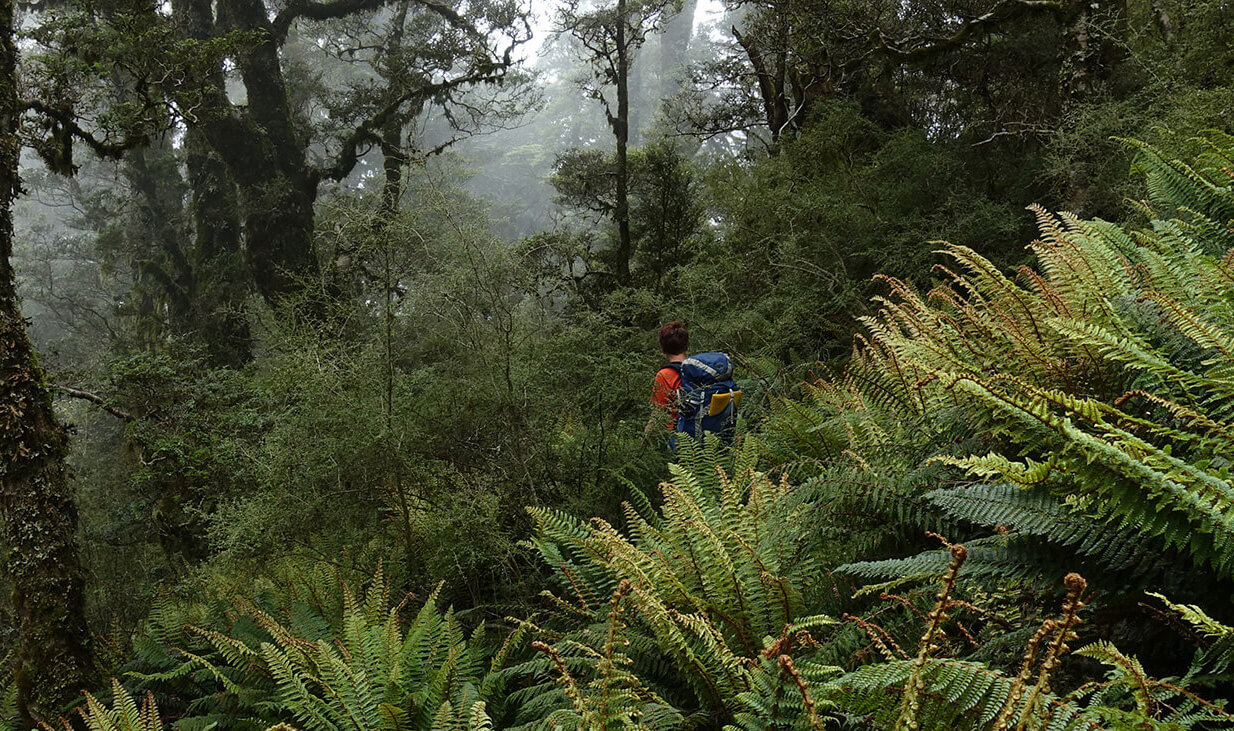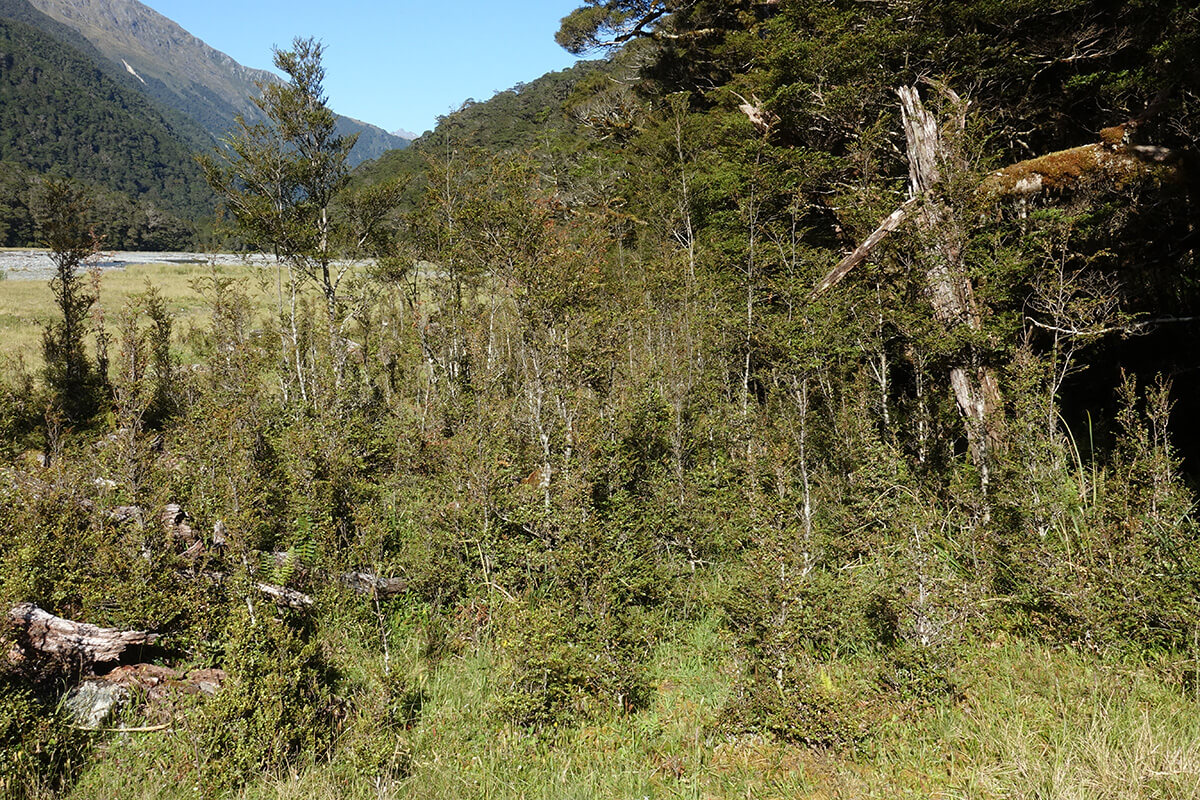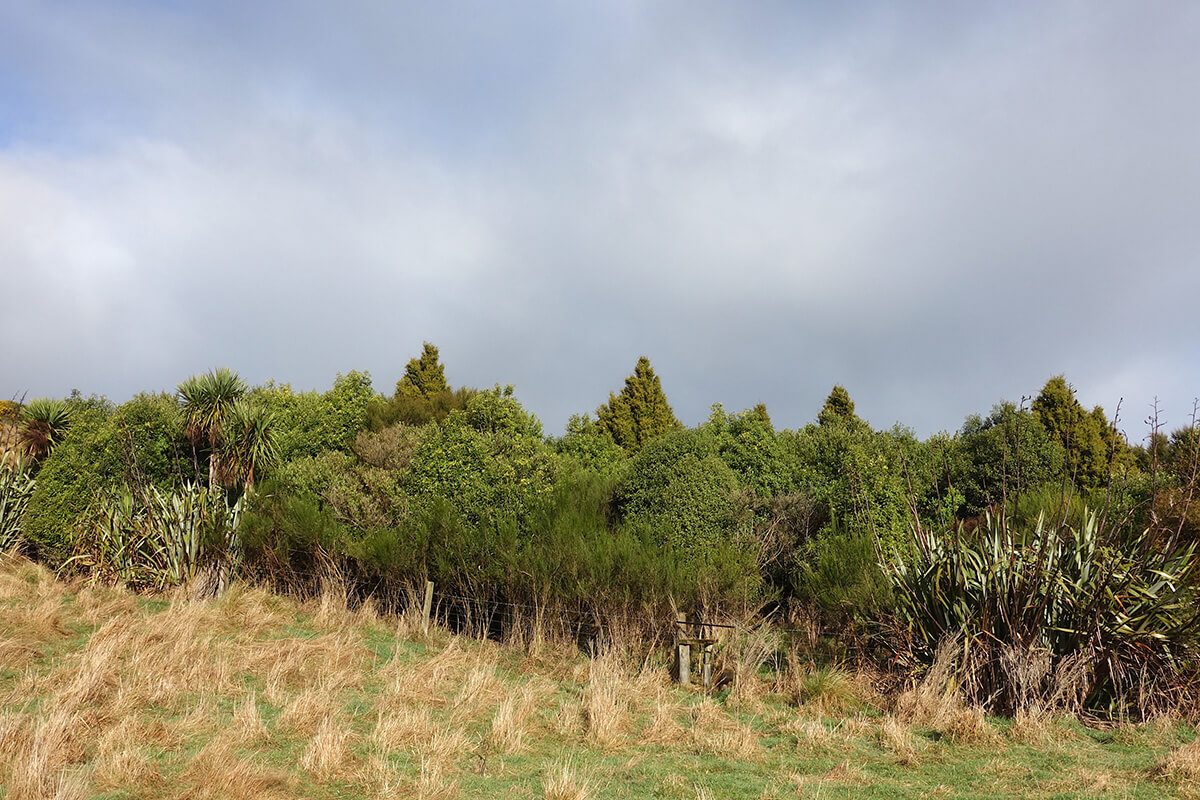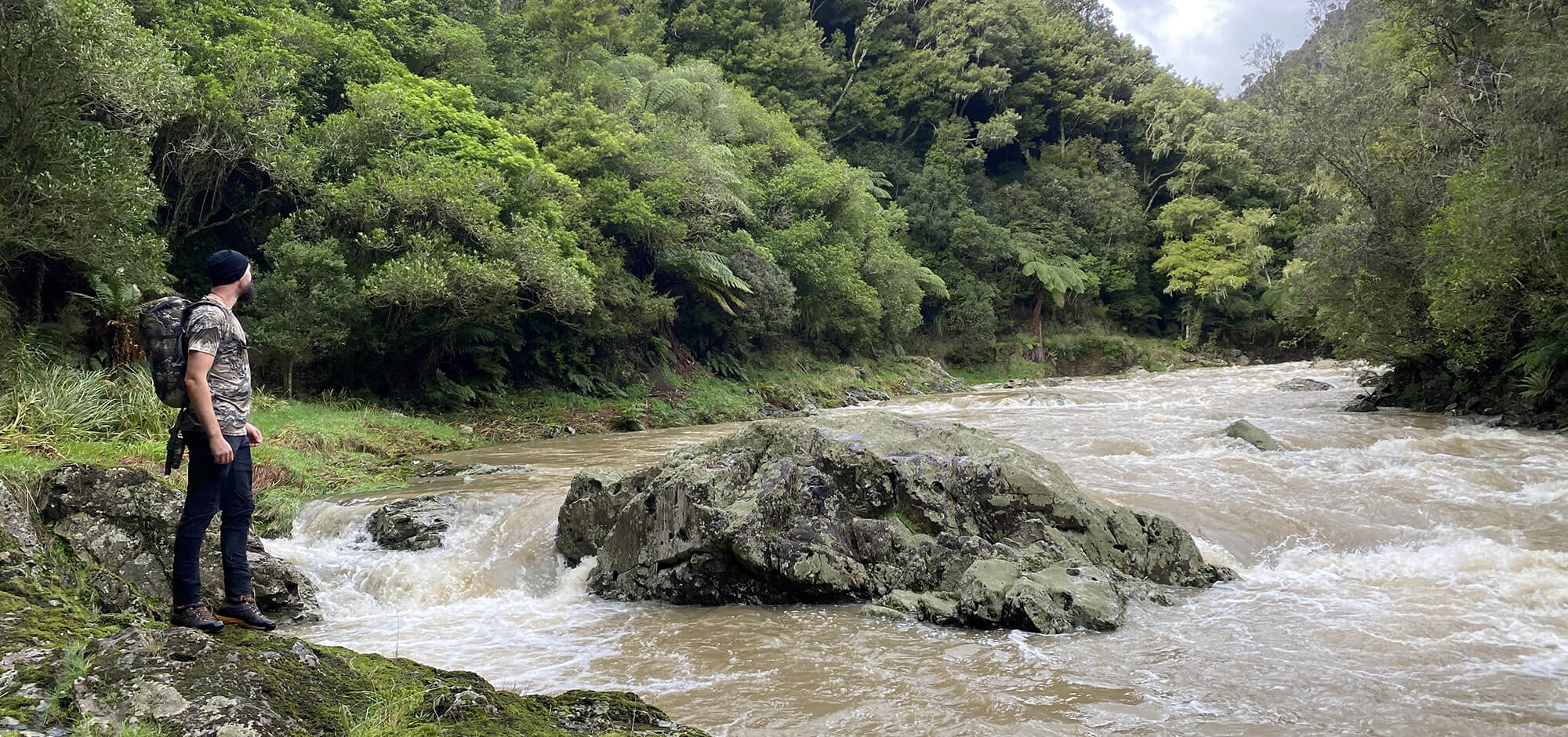Ahead of the United Nations biodiversity summit in Montreal, Prof David Norton argues for a truly collaborative and active management approach to conservation.
The Eastern Whio Link project in the southern Raukumara Range between Gisborne and Opotiki on Ti Ika a Māui/North Island is an excellent example of what we can achieve for biodiversity conservation in Aotearoa.
The conservation project to protect New Zealand’s only endemic mountain duck – rarer than some species of kiwi – doesn’t rely on a legislating to create a reserve.
The project involves different groups including the NZ Landcare Trust, the farmers on whose land the Waioeka river crosses, local hunters and fishers, iwi and DOC working together to address the threats that whio and kiwi face in the Waioeka catchment.
The project involves intensive pest trapping coupled with extensive deer control, with most of the work being done by volunteers. Eastern Whio Link project highlights the critical importance of active management and partnerships to address the threats that our native biodiversity faces. Without this approach, whio and kiwi would continue to decline, and our forests would become less resilient to the impacts of climate change and start losing carbon as they deteriorate.
The world is facing two massive, interlinked crises – biodiversity loss and climate change and this applies in Aotearoa as much as everywhere else. As Sir David Attenborough has pointed out repeatedly, we cannot solve the climate crisis without solving the biodiversity crisis. Biodiversity loss and climate change need to be treated together. Unfortunately, in Aotearoa, as in much of the World, we are not doing this. In this opinion piece I highlight why I see we are failing to tackle the biodiversity crisis we are facing and then suggest how we might address our biodiversity crisis in a way that will also help us address the challenges of climate change.

©DavidNorton
The prevailing approach to biodiversity conservation in Aotearoa has been based on a strong separation between areas managed for biodiversity conservation and those managed for other land uses. This is despite the emphasis on balancing different values in Section 5 of the Resource Management Act. This dichotomous approach to conservation is similar to that taken in other younger western jurisdictions like Australia and the USA and occurs despite conservation science having argued for many decades that this strict separation will not work.
The myth of reserves is the belief that placing something in a land tenure that is protected through legislation will somehow sustain its inherent values. This approach is explicitly set out in our conservation legislation (e.g. Conservation and National Parks Acts), and can also be found in the current proposals for Significant Natural Areas(SNA) in the proposed National Policy Statement on Indigenous Biodiversity(NPSIB). Recent debates about reclassifying land that is already protected under the Conservation Act as stewardship land is another example of the belief that tenure will somehow protect biodiversity.

There are substantial areas of regenerating native forest across rural Aotearoa that with good management, will develop int mature old-growth native forest.
©DavidNorton
But this approach to biodiversity conservation in Aotearoa is a complete fallacy. Simply classifying an area as a reserve or a SNA or shifting it from a stewardship classification to another classification (conservation park or national park) will do nothing to sustain the biodiversity values that are present. The reason this approach will not work is because of the multitude of threats our biodiversity faces, especially from animal and plant pests and climate change. These are the factors that are causing the biodiversity crisis in Aotearoa and occur irrespective of land tenure.
If land tenure (national park, SNA etc) was sufficient to protect biodiversity, why then does DOC spend $400 million per annum on natural heritage management? They shouldn’t need to spend anything, but that is of course an absurd proposition. As is widely recognised by all groups interested in conservation in Aotearoa, DOCs budget is manifestly insufficient to manage the threats to biodiversity across public conservation land and meet the objectives of ‘Te Mana o te Taiao – Aotearoa New Zealand Biodiversity Strategy 2020’.
So why is the Government now about to implement a National Policy Statement that perpetuates the myth of reserves on private land?
Does the Government really think that rules will be sufficient to protect the biodiversity values that are present in SNAs from threats such as plant and animal pests or climate change?
That is clearly an equally absurd proposition and just like public conservation land, SNAs on private land will also require management, substantial management. It is a total fallacy to think that by declaring something as an SNA will somehow protect the significant native biodiversity present.
We need a major shift in the way we think about managing native biodiversity in Aotearoa which needs to include:

Deer browsed silver beech forest in the Haast Pass area of Mt Aspiring National Park showing heavily deer browsed silver beech forest with all the palatable species gone and broadleaf only present above deer browse height.
©DavidNorton
- Being honest about the myth of reserves and that so-called protective tenure of any form does not equate to sustainable biodiversity conservation.
- Understanding that our biodiversity is under massive pressure from pests and climate change and that if we are to have any hope to sustain, let alone, enhance our special and unique biodiversity, we need to actively manage these threats.
- Appreciating that these threats do not just threaten biodiversity values, they also threaten our ability to sequester carbon and the cultural values our biodiversity holds, and which define who we are as Mana Whenua and Pākeha alike.
- Recognising that if we manage biodiversity properly, especially through herbivore control (particularly feral ungulates), facilitating natural regeneration and through restoration plantings, we can also make a substantial contribution to both carbon dioxide sequestration and enhancing the resilience of our ecosystems to the effects of climate change. Herbivores are degrading our remnant forests and hindering the ability of regenerating forests to move into a more mature state, while restoration plantings will substantially increase the amount of native forest, especially in the lowlands where there is little remaining native forest.
Biodiversity conservation and carbon sequestration are inextricably interlinked, and we cannot meet our carbon-goals without sustaining and enhancing our native biodiversity, and we cannot do that without active management across all land tenures.
If we are to address the goals of ‘Te Mana o te Taiao – Aotearoa New Zealand Biodiversity Strategy 2020’ and sustain and enhance our biodiversity then we need to:
- Reset the policy objectives of both ‘Te Mana o te Taiao – Aotearoa New Zealand Biodiversity Strategy 2020’ and the relevant legislation to reflect the myth of reserves. At the same time, we also need to restructure the institutions the government has for setting policy, funding and managing biodiversity conservation to reflect these new realities.
- Rather than relying on government agencies to manage biodiversity, we need to focus on partnerships to tackle the biodiversity crisis, partnerships based on genuine respect trust, honesty etc, recognising that all groups can contribute to biodiversity conservation, whether they be iwi, farmers, foresters, local communities, catchment groups, NGOs etc as well as government agencies.
- Provide realistic and substantial financial support across all groups, government and non-government, to support their work to sustain and enhance our biodiversity.

©DavidNorton
It does cost money to manage native biodiversity, lots of money, but we have not been innovative in thinking about the funding streams we can use for this. I suggest that in addition to current funding, we need to urgently explore two novel funding streams that we are currently not utilising.
- Those who make money out of our food and fibre products, and from international tourism, should be required to invest back into sustaining and enhancing our biodiversity in a meaningful way. After all they are making money out of our natural heritage and should therefore be directly supporting it.
- This funding should be matched by Government being prepared to invest some of the $13-30 billion in offshore carbon credits it is committed to buying by 2030 (and beyond) to meet our Paris climate targets – funding that can result in sustainable genuine carbon sequestration through establishing native forests and controlling herbivores here in Aotearoa with massive biodiversity and cultural benefits.
The benefits for all of Aotearoa from what I have suggested here are immense.
A shift away from the myth of reserves to a truly collaborative and active management approach to biodiversity conservation will help us address the biodiversity crisis we are facing.
This shift will also allow us to substantially enhance carbon dioxide sequestration and the resilience of our ecosystems to the effects of climate change.




Leave a comment